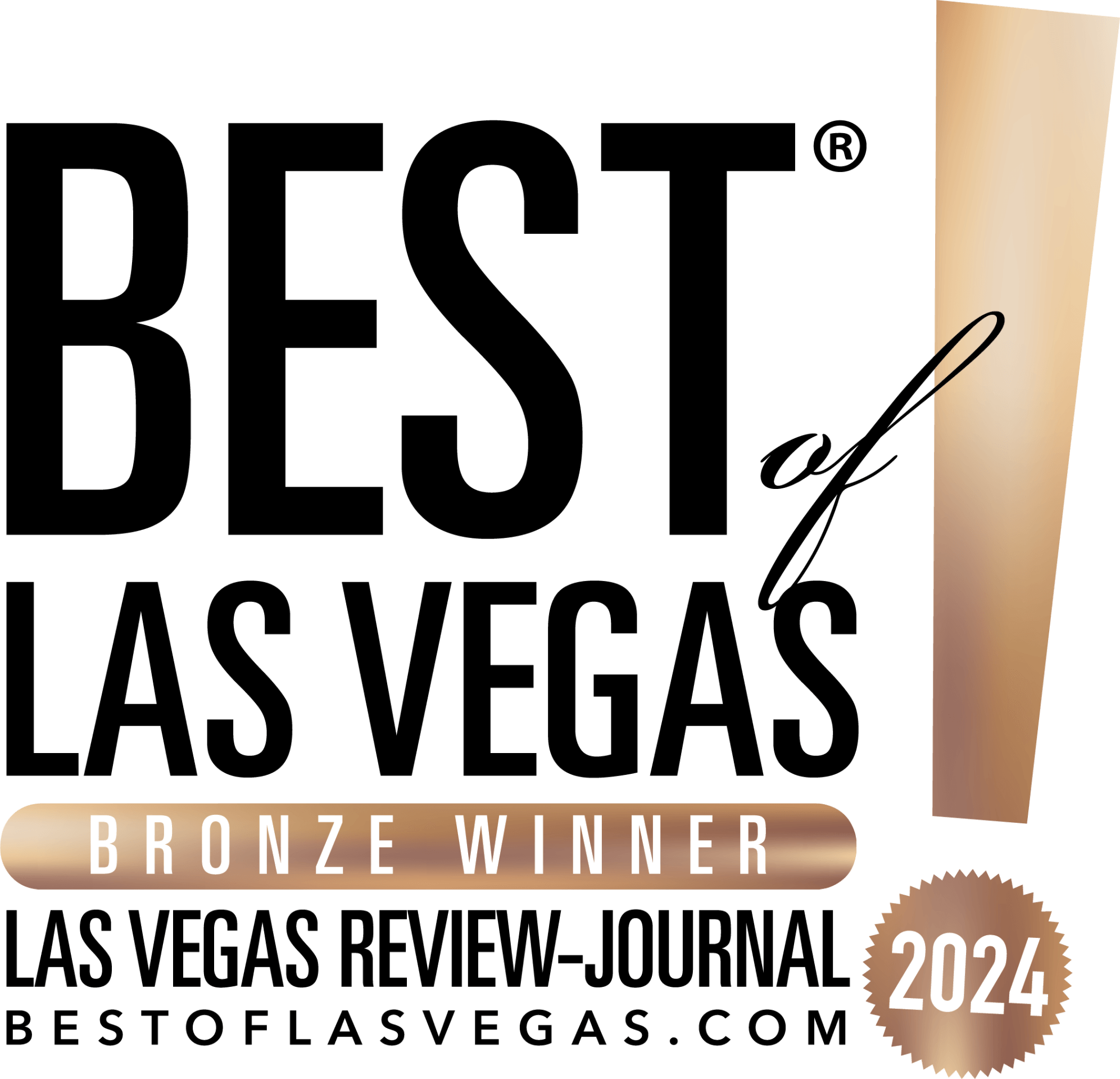Your pet's yearly exam is here, and one focus will be on their teeth. A quick lift of their lips reveals plaque and tartar buildup, especially on those back molars — oops! How embarrassing! Don’t worry, though; COHAT to the rescue.
But if you're like many other pet owners, you're probably asking, "What does COHAT mean? And what does it involve?" We’re here to break down exactly what a COHAT is, why your veterinarian may recommend one, and how COHATs help your pet’s overall dental health. Let’s get started.
What Is a COHAT?
COHAT stands for Comprehensive Oral Health Assessment and Treatment, and it’s essentially a professional pet teeth cleaning performed by a team experienced in pet dental care.
Now that we know what your veterinary care team is talking about when they mention a COHAT, let’s dive into what they will typically entail for your dog or cat. A COHAT includes several steps that depend primarily on what is found during the full examination of a pet under anesthesia. The goal of a COHAT is not just to clean, polish, and probe each tooth but also to prevent future dental issues. By taking radiographs of each dental arcade, the veterinarian can look under the gumline and assess the root of every tooth, helping in early detection and prevention of potential problems. This information helps determine if any teeth need treatment or removal to prevent ongoing disease or infection. While the actual examination portion of a COHAT is occurring, a dental chart is used to document each tooth, and this vital information is retained for your pet’s future care.
Who Is Involved in a COHAT Procedure?
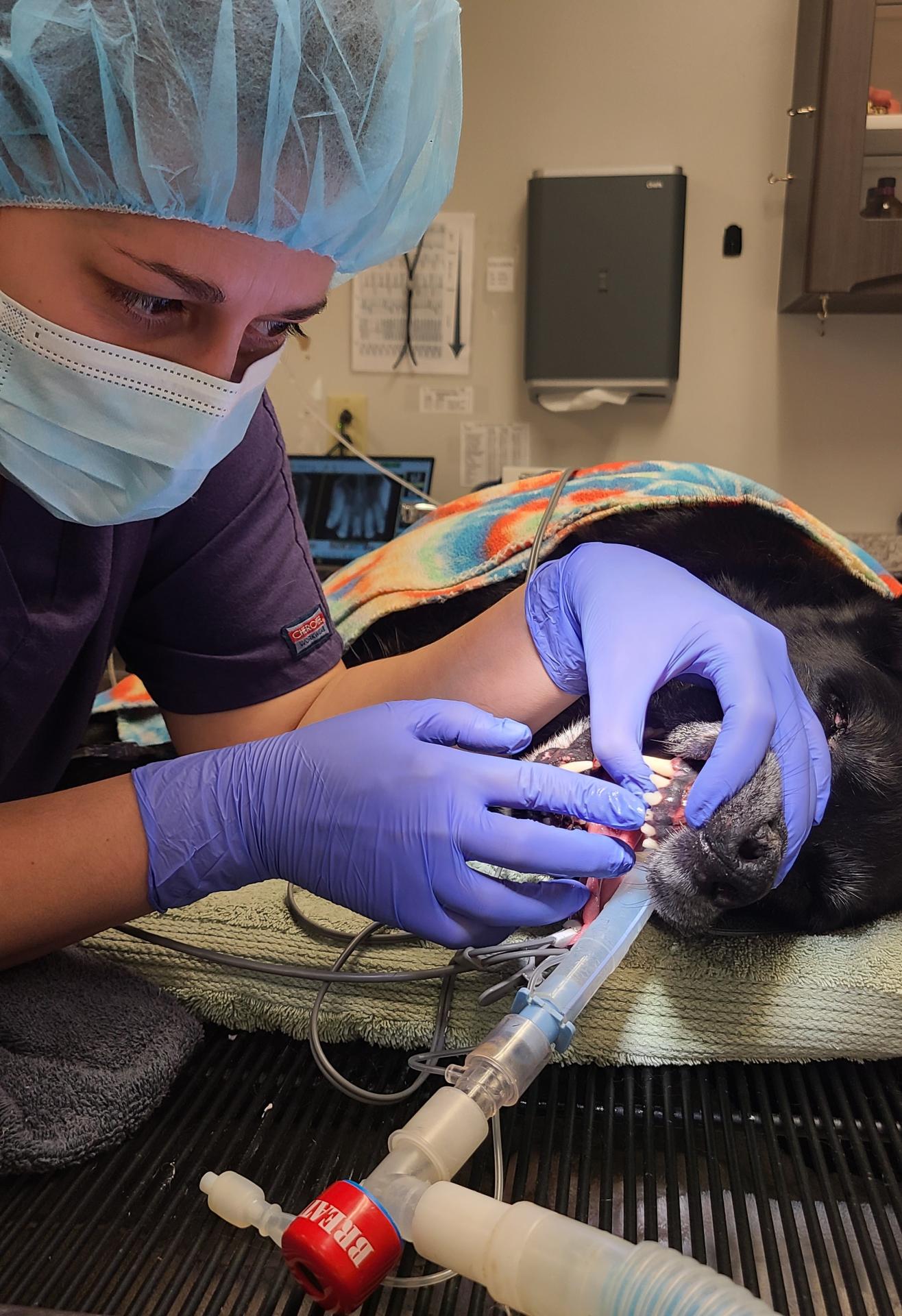
The surgical team, led by a licensed veterinarian (DVM) and supported by a registered veterinary technician (RVT), is highly experienced in pet teeth cleaning and dental care. The RVT begins the COHAT by cleaning and polishing your pet's teeth, while the veterinarian monitors your pet's vitals and ensures they are comfortable under anesthesia.
Next, the veterinarian probes each tooth, analyzes the dental radiographs, and performs any necessary oral surgeries or treatments, including extractions or mass removals. The RVT monitors your pet's vitals throughout the procedure, ensuring they remain safe under anesthesia. Your pet will also receive medications for pain and nausea, as well as IV fluids for hydration. After the COHAT is complete, your pet will be monitored during recovery and cared for until they are ready to go home. The veterinarian will review the pet teeth cleaning results with you and provide at-home care instructions to keep your pet's mouth healthy.
Specifics Regarding Dog Dental Disease
Every pet has different predispositions to various health problems, including oral health. A study conducted by the Royal Veterinary College of London in 2021 examined dental disease in dogs and found several trends:
- An increase in age is associated with a higher risk of dental disease, with dogs over 12 having almost four times the risk compared to younger dogs between the ages of two and four-years old.
- Dogs weighing less than 22 pounds have over three times the risk of dental disease compared to larger dogs weighing 66-88 pounds.
- The thought behind this: All dogs have the same number of teeth (42) and the teeth in a large dog's mouth are much more spaced out compared to a small dog less than 22 pounds
- Breeds with the highest risk include Greyhound, Toy Poodle, and Cavalier King Charles Spaniel, while breeds like German Shepherd, French Bulldog, Staffordshire Bull Terrier, and Labrador Retriever showed reduced risk.
Cats and Dental Disease
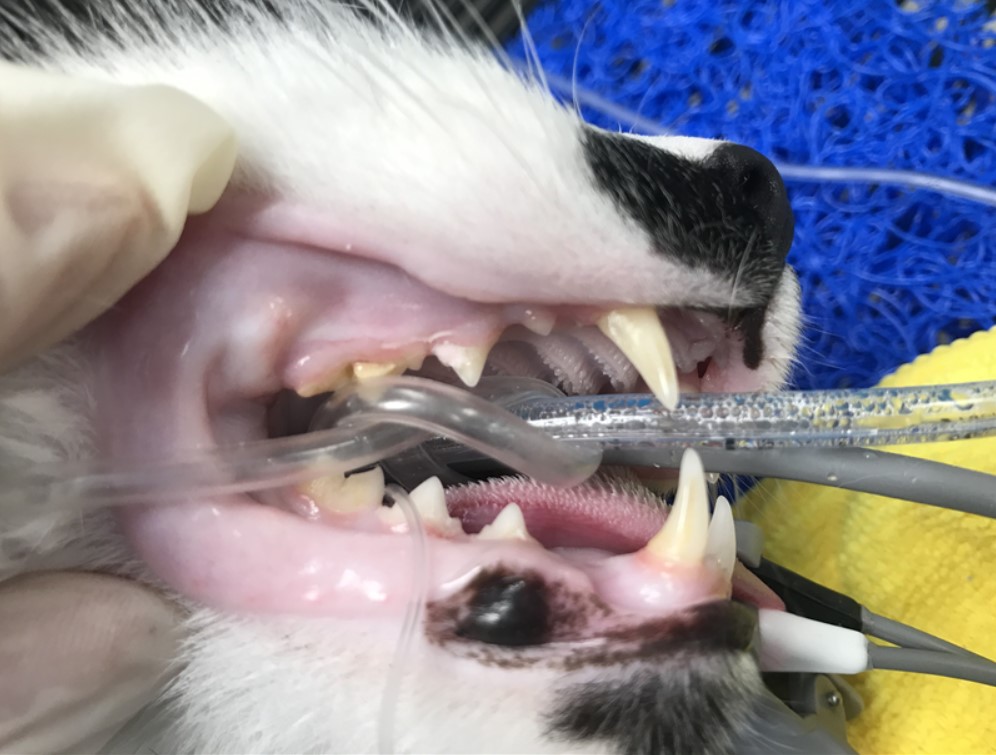
Our feline friends also suffer from dental disease more than we realize. According to the Cornell Feline Health Center, 50-60% of cats over the age of four have dental disease. This often presents as pain, drooling, and decreased appetite. Regular pet teeth cleaning can help prevent and manage these issues. Cats suffering from autoimmune diseases – like Feline Leukemia and Feline Immunodeficiency virus, kidney disease, and diabetes – are particularly prone to gingivitis.
Gingivitis is the inflammation, pain, and, in severe cases, bleeding of the gums. The most effective way to help prevent gingivitis in your cat's mouth is regular teeth brushing at home and professional teeth cleanings by your licensed veterinarian. The cleaning removes plaque and tartar build-up to reduce inflammation and periodontal disease.
A common issue in cats is tooth resorption, which occurs in 30-70% of feline patients. Tooth resorption is a process where the dentin of the tooth starts to break down. As seen in the drawing above of a feline tooth, dentin is next to the pulp cavity. The pulp cavity contains the nerve and blood supply to the tooth. A lesion in this area results in severe pain for your cat and full evaluation for this disease process can only be completed under anesthesia. Dental radiographs along with probing are key to diagnosis, making a COHAT a crucial part of diagnosing and combating the disease. Teeth with resorptive lesions require extractions to stop the excruciating pain they cause.
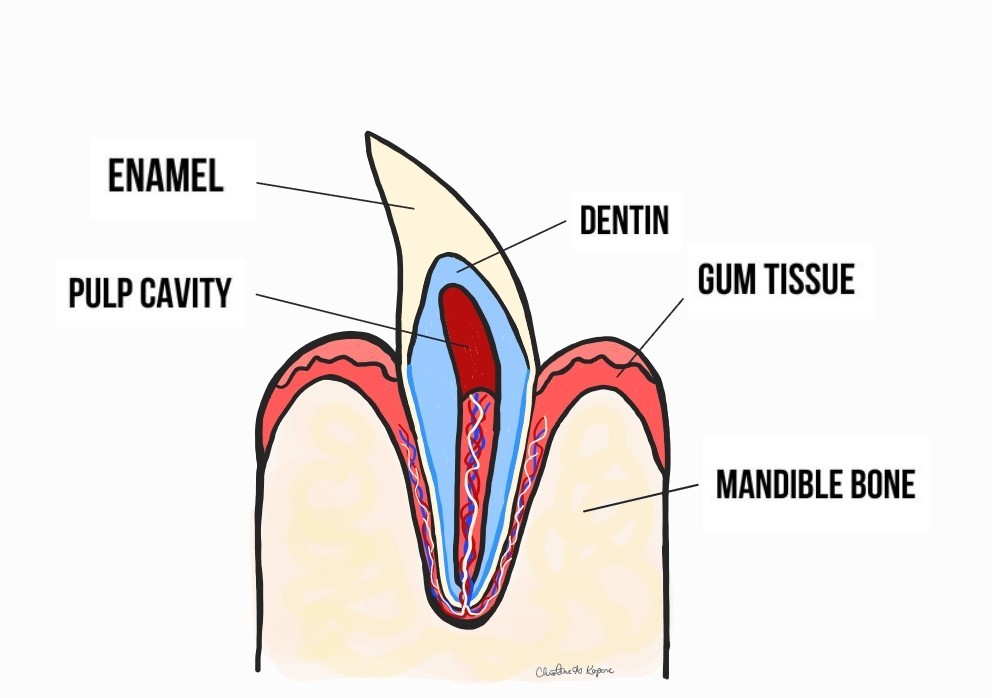
What Are the Common Signs of Dental Disease in Dogs and Cats?
Pet owners should be aware of the following common signs of dental disease in both dogs and cats:
- Bad breath (halitosis)
- Difficulty eating or chewing on one side of the mouth
- Excessive drooling
- Red, swollen, or bleeding gums
- Loose, broken, or missing teeth
- Pawing at the mouth or face
- Loss of appetite or weight loss
- Behavioral changes, such as irritability or withdrawal
If you notice any of these signs, it’s time to schedule a vet appointment for a COHAT or professional pet teeth cleaning to ensure your pet’s oral health is properly cared for.
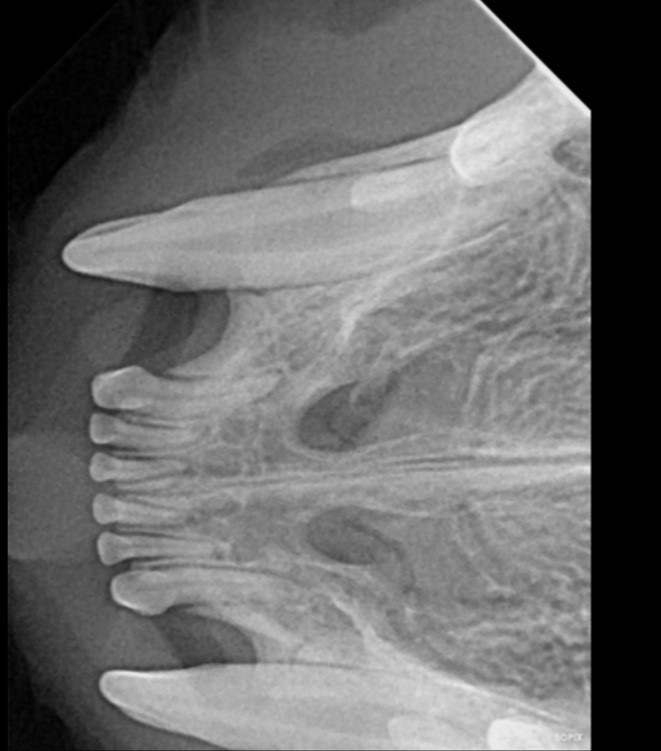
Do I Really Need to Get My Pet’s Teeth Cleaned? What Can Happen if I Don’t?
Your pet’s dental health goes beyond just "stinky breath." Just like us, your pet's mouth is full of bacteria. When not in check with regular at-home tooth brushing and professional teeth cleanings, plaque and tartar accumulation will result in gum recession. Without regular at-home brushing and professional pet teeth cleaning, plaque and tartar can lead to gum recession and more severe issues.
Plaque forms hours after brushing, and tartar allows bacteria to grow unchecked. If left untreated, dental disease can lead to local infections, abscesses, and even systemic problems, affecting your pet’s heart, liver, and kidneys. Studies from the Virginia-Maryland College of Veterinary Medicine show that severe dental disease is linked to heart-related diseases, including endocarditis and valvular disease.
Regular COHAT procedures and pet teeth cleanings are essential in preventing these serious health problems. If you're concerned about your pet’s oral health, call your veterinarian to schedule an initial exam and develop a treatment plan for professional pet teeth cleaning and ongoing dental care.
If you have questions and you'd like to reach out to us, you can call us directly at (702) 361-5850, or you can email us at [email protected]. Don't forget to follow us on social media Facebook, Instagram.
